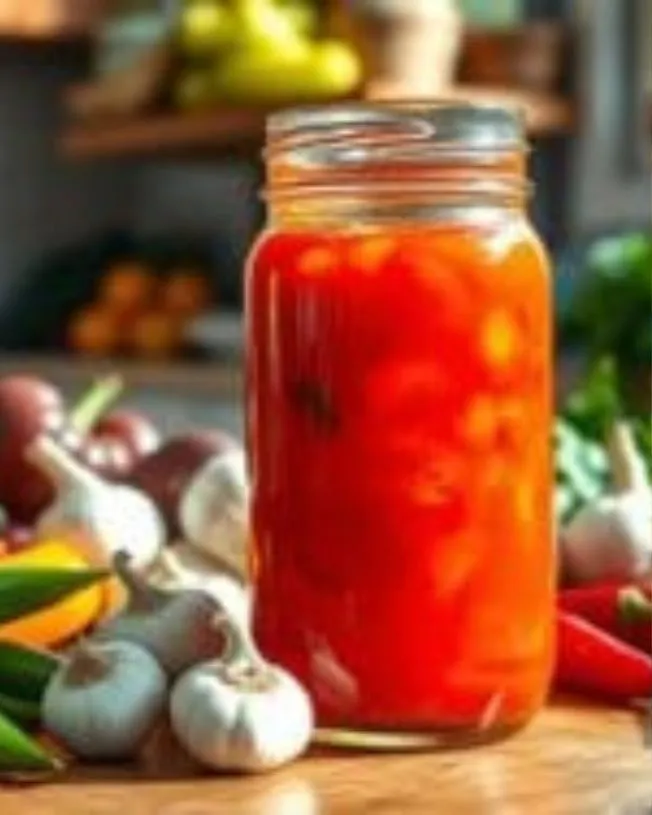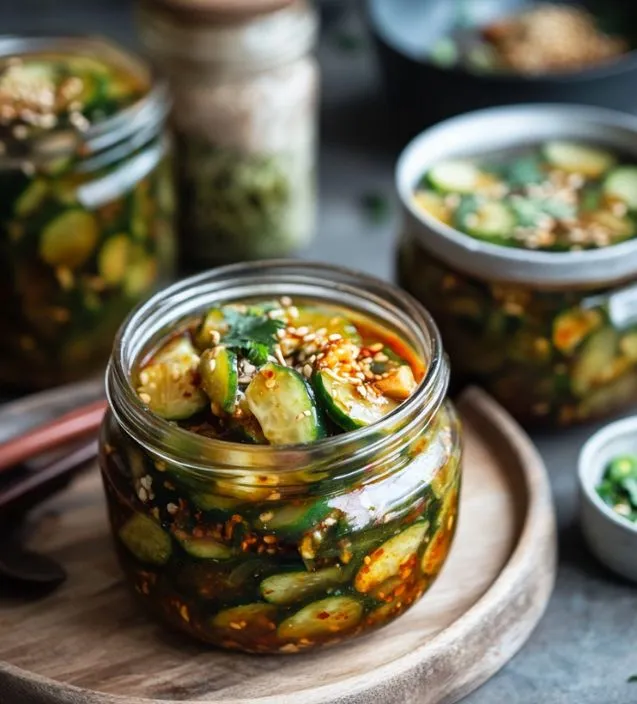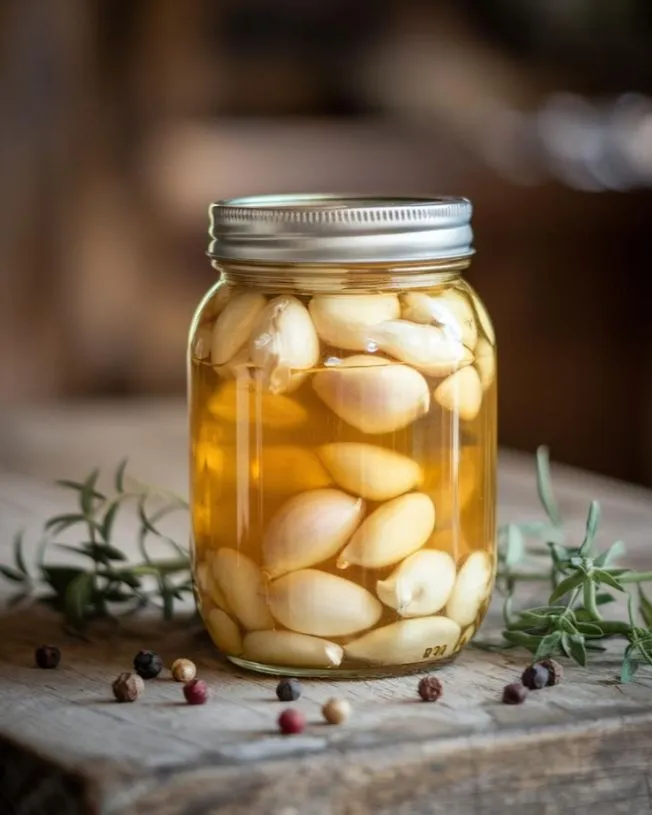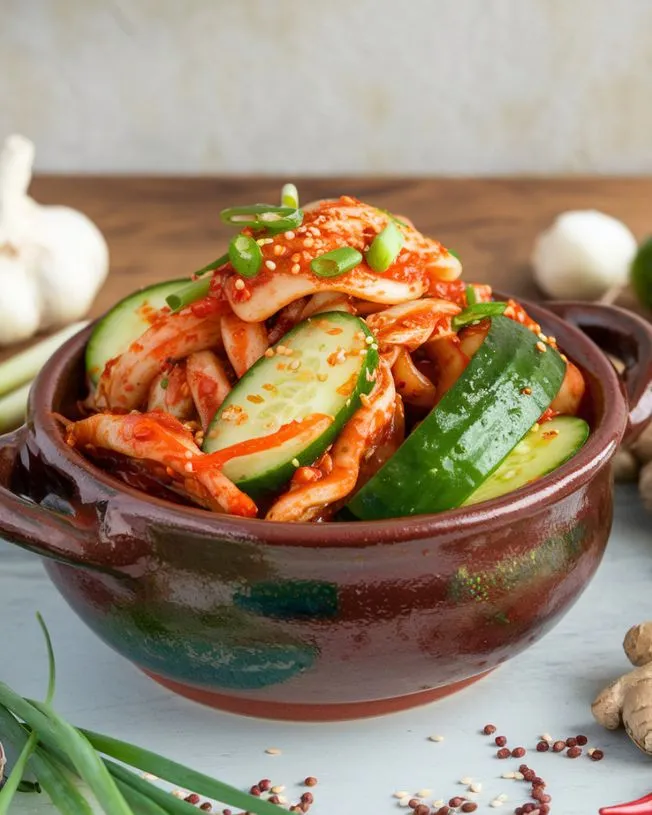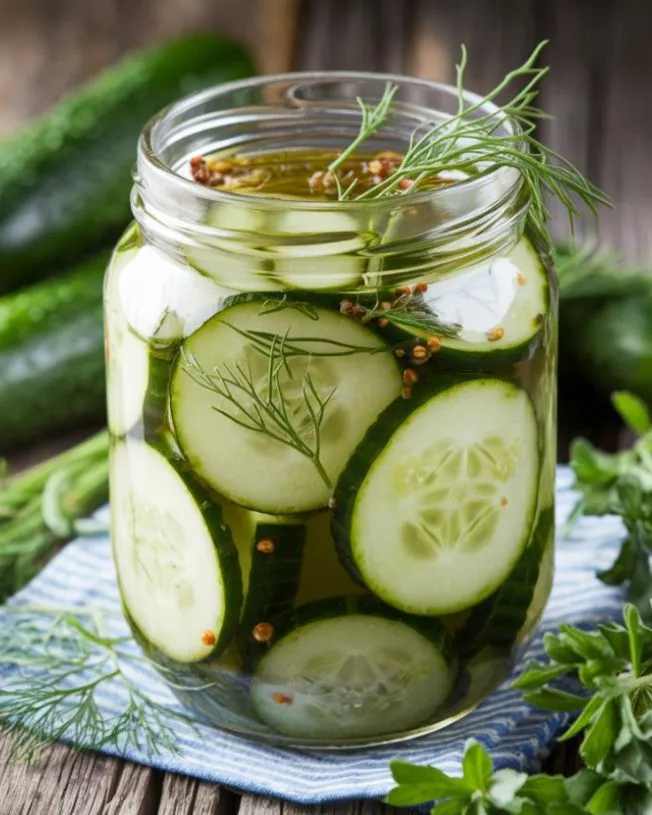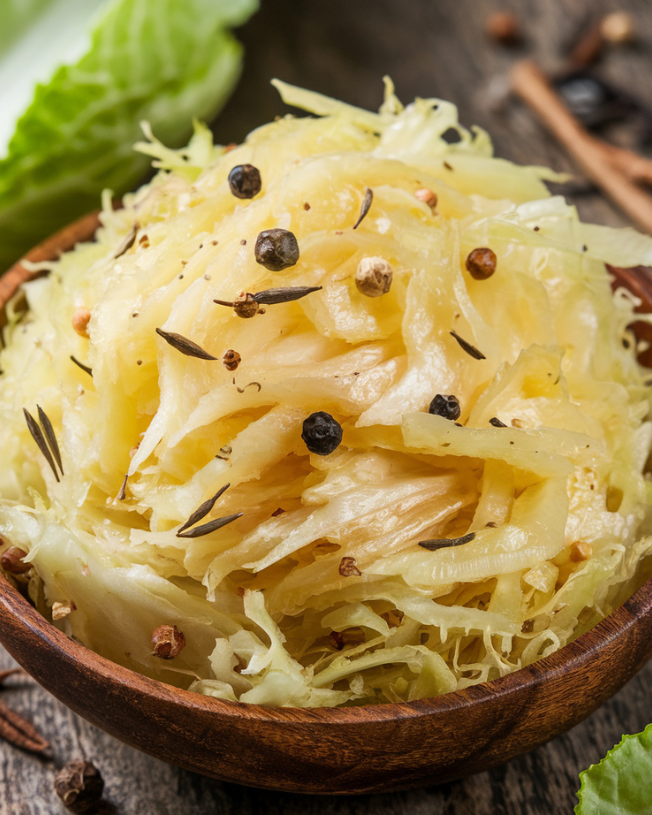If you’re looking to bring a burst of flavor and a satisfying crunch to your meals, pickled cauliflower is just the ticket. This versatile recipe transforms cauliflower florets into a tangy, slightly spicy treat that’s perfect as a snack, side dish, or addition to salads and sandwiches. With the right mix of spices and brine, pickled cauliflower can be your next kitchen favorite!
Why Pickle Cauliflower?
Pickling is a time-tested method to preserve food while enhancing its flavor. For cauliflower, pickling brings out its mild taste and transforms it into a tangy, savory delight. Plus, pickled vegetables are loaded with probiotics when naturally fermented, supporting gut health and digestion. So, not only does pickling add flavor, but it also adds a health boost to your diet.
Ingredients for Pickled Cauliflower
Creating your batch of pickled cauliflower is easy with the right ingredients.Here’s what you’ll need to begin:
Main Ingredients:
- 1 medium head of cauliflower, chopped into bite-sized florets
- 1 cup of white or apple cider vinegar
- 1 cup water
- 1 tablespoon salt
- 1 tablespoon sugar (optional for a mild sweetness)
Flavor Boosters:
- 2 cloves garlic, sliced
- 1 teaspoon mustard seeds
- 1 teaspoon coriander seeds
- 1/2 teaspoon black peppercorns
- 1/2 teaspoon red pepper flakes (for a spicy kick)
- 1 bay leaf
- Fresh herbs like dill or thyme (optional for additional aroma)
Step-by-Step Guide to Pickling Cauliflower
Now, let’s get into the fun part: making your own pickled cauliflower!
1. Prepare the Cauliflower
First, rinse your cauliflower well and pat it dry. Then, cut the head into small florets, removing any leaves and stems. Cut the cauliflower into bite-sized pieces for easy snacking.
2. Sterilize Your Jars
If you’re planning to store your pickled cauliflower for more than a week, sterilize your jars by boiling them in water for 10 minutes. Clean jars help to ensure a long-lasting, safe-to-eat pickle.
3. Prepare the Brine
In a medium saucepan, combine vinegar, water, salt, and sugar. Warm the mixture over medium heat, stirring until the salt and sugar are completely dissolved. Once it reaches a boil, remove from heat.
4. Pack the Jars
Place the cauliflower florets in the jar, layering them with garlic, mustard seeds, coriander seeds, peppercorns, red pepper flakes, and any fresh herbs you’re using. You can adjust the spices according to your taste preferences; adding more red pepper flakes, for instance, will give the cauliflower a spicier kick.
5. Add the Brine
Carefully pour the hot brine over the cauliflower until it’s fully covered. To remove air bubbles, gently tap the jar on the counter. If needed, add a bit more brine to cover the cauliflower completely.
6. Seal and Store
Screw the lids on tightly and let the jars cool to room temperature. Once cooled, place the jars in the refrigerator. The cauliflower will be ready to eat in 24 hours, but for a fuller flavor, allow it to pickle for 3-5 days.
Serving Ideas for Pickled Cauliflower
Pickled cauliflower is delicious on its own, but there are countless ways to enjoy it:
- As a Snack: Grab a few florets straight from the jar for a quick, tangy snack.
- In Salads: Add chopped pickled cauliflower to salads for extra crunch and flavor.
- On Sandwiches: Layer a few pieces on sandwiches or burgers for a tangy bite.
- With Cheese Boards: Pair pickled cauliflower with cheese, olives, and cured meats for a vibrant charcuterie board.
Customizing Your Pickled Cauliflower
One of the best parts about making your pickles is that you can customize the flavors. Here are a few ideas to make your pickled cauliflower truly unique:
1. Add Different Veggies
Why stop at cauliflower? Add sliced carrots, bell peppers, or onions for a colorful, mixed-vegetable pickle.
2. Experiment with Spices
Spices like turmeric, cumin seeds, and fennel seeds can bring unique flavors to your pickled cauliflower. Try swapping or mixing spices to find your favorite combination.
3. Adjust the Heat Level
If you love spicy pickles, increase the red pepper flakes or add a sliced jalapeño to the jar. For a milder pickle, reduce or skip the spicy ingredients altogether.
Benefits of Eating Pickled Cauliflower
Pickled cauliflower is more than just tasty. Here are a few reasons to include it in your diet:
- Rich in Nutrients: Cauliflower is packed with vitamins C, K, and folate.
- Gut Health: Pickled foods, especially if naturally fermented, contain probiotics that aid digestion and support a healthy gut microbiome.
- Low-Calorie Snack: Pickled cauliflower is a low-calorie option that satisfies salty cravings without excessive calories.
Storing and Shelf Life
Pickled cauliflower stored in the refrigerator will last for about 2-3 weeks. Always use clean utensils when removing cauliflower from the jar to prevent contamination and ensure freshness. If properly sterilized, the pickled cauliflower can even last up to a month, though the flavor may continue to develop over time.
FAQs About Pickled Cauliflower
1. Can I make pickled cauliflower without sugar?
Yes! While sugar balances the acidity and adds a mild sweetness, you can skip it if you prefer a sugar-free pickle.
2. How do I know if my pickled cauliflower has gone bad?
Look for changes in color, smell, or texture. If you notice mold or a foul odor, it’s best to discard the pickles.
3. Is it possible to reuse the brine for another batch?
While it’s possible to reuse brine once, the flavor may be less potent. Reusing brine for fresh vegetables might also compromise food safety, so it’s generally recommended to make a fresh batch of brine each time.
4. Do I need to refrigerate pickled cauliflower?
Yes, quick pickled cauliflower should be stored in the fridge. Fermented cauliflower, on the other hand, can be stored in a cool, dark place during the fermentation process but should be refrigerated once it’s ready.
5. Can I pickle frozen cauliflower?
Fresh cauliflower is best for pickling because it maintains its crunch. Frozen cauliflower may turn mushy and won’t deliver the same satisfying texture.
Conclusion: Your Flavorful Pickling Adventure
Making pickled cauliflower at home is an easy, rewarding way to enhance your meals with vibrant flavors and health benefits. Whether you’re snacking, adding crunch to a salad, or garnishing your favorite dishes, pickled cauliflower brings a delightful tang that’s hard to resist.
With this guide, you’re all set to embark on your pickling journey. Don’t hesitate to play with spices, add other veggies, or adjust the flavors to suit your taste. The best part about homemade pickles is how adaptable they are. Happy pickling!
.


